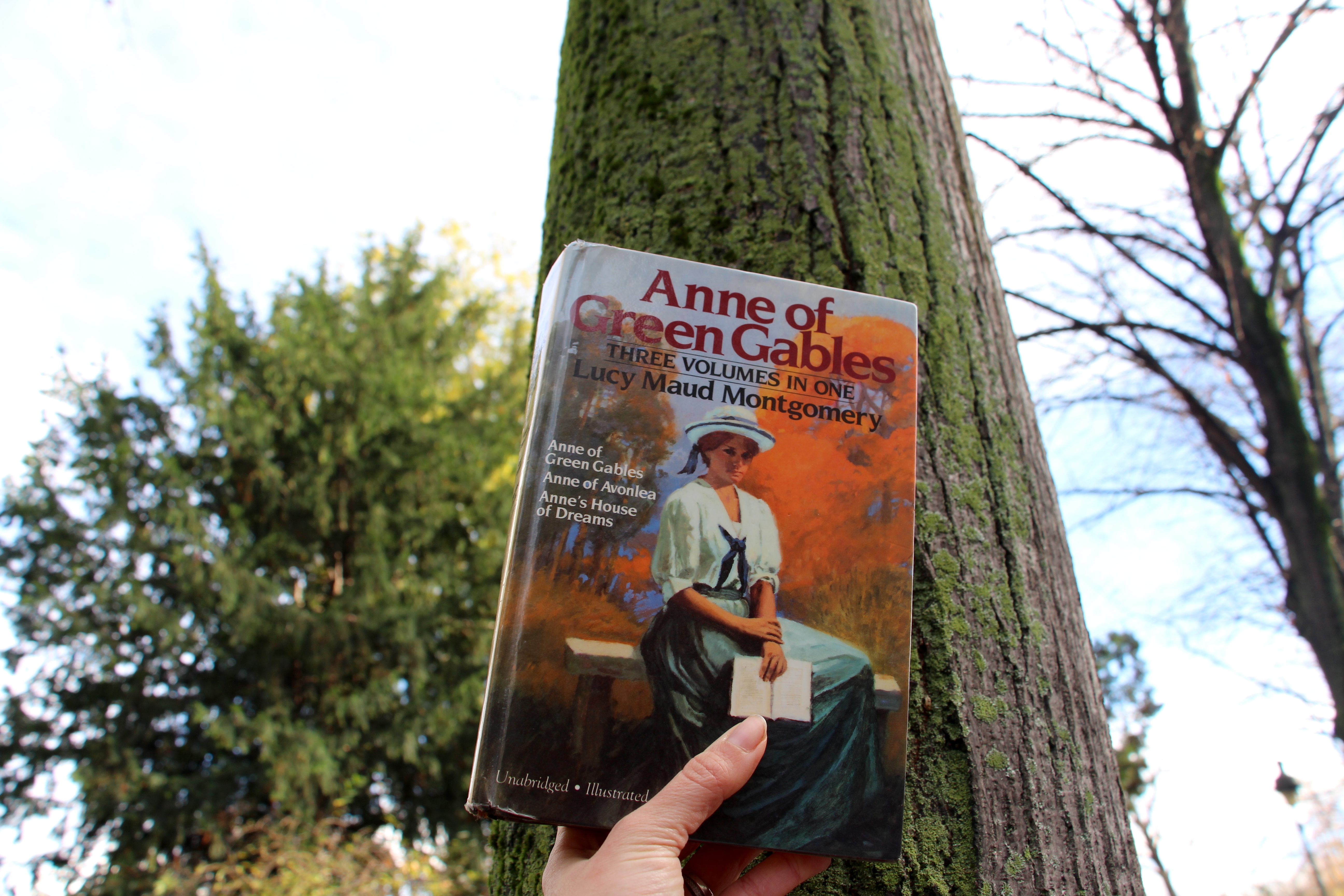I’ve wanted to be a writer from the age of nine; I’ve been a reader for far longer. And while the women in my life attempted to get me to read Anne of Green Gables (and the lesser-known Emily books) from the age of six, I’m embarrassed to say that these classics never really drew my attention. I was far too busy reading the Alice series (and writing thinly veiled derivative rewrites) to have any interest in these early 20th century heroines coming of age in Canada.
I’m not sure what has made me interested in them now, when I’m far older than both Anne and Emily – even as Anne grows up and marries and has children of her own. (I’m not watching the new series, which I hear gives Anne a far darker past than Montgomery put in the books.) And yet recently, I ended up picking up a stack of these early young adult books and devouring them whole.
Anne and Emily are not your modern YA heroines. They do not go through an adolescence as we highlight today, but rather go from being children to true young adults, emphasis on the latter, with adult worries and adult decisions to make. While I love that Montgomery followed these heroines for such a long time, I prefer the books told from the perspective of a child: the curiosity, the deft observation of the adult world around them, the concocting of inner spheres of imagination and make-believe.
Despite Emily being my namesake, I understand why people prefer Anne. Emily is a writer, a note-taker, an observer of the world, but Anne’s enthusiasm for everything big or small is electric and intoxicating. Her search for kindred spirits, her unabashed optimism, her unbridled imagination are all things that I find myself drawn to, now, when “play” isn’t something I do every day, much less consider. Watching Anne lose hold of some of these things that seemed so important to her as a child as the series advances is bittersweet and realistic – it hits very close to home.
But Montgomery’s talent is in retaining some of Anne’s spirit and joie de vivre, even as an adult. In the last book of this three-volume tome I checked out of the library, Anne is seeking out her “house of dreams” and demands that there be trees.
“I couldn’t live where there were no trees,” Anne says. “Something vital in me would starve.”
These little glimpses of young Anne are the best parts of the later books in the series (despite the addition of characters just as rich as the Marilla and Matthew and Diana of the original). I may not read the entire series again and again, but there’s definitely space on my bookshelf for the original.
